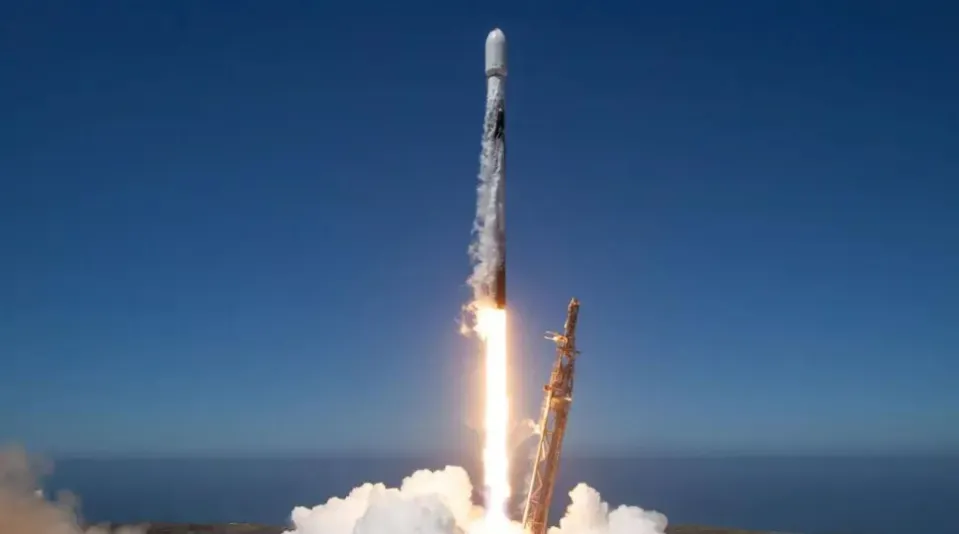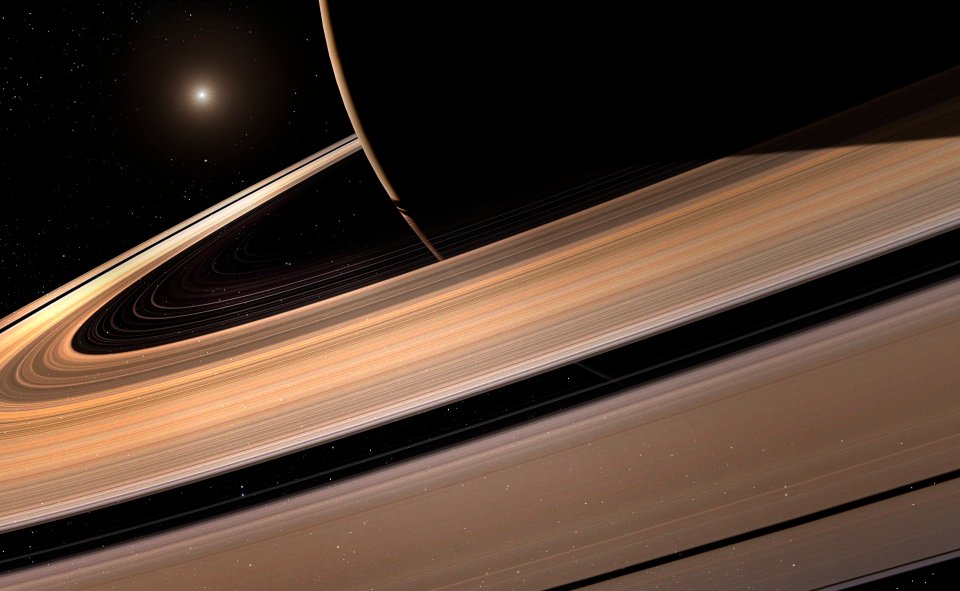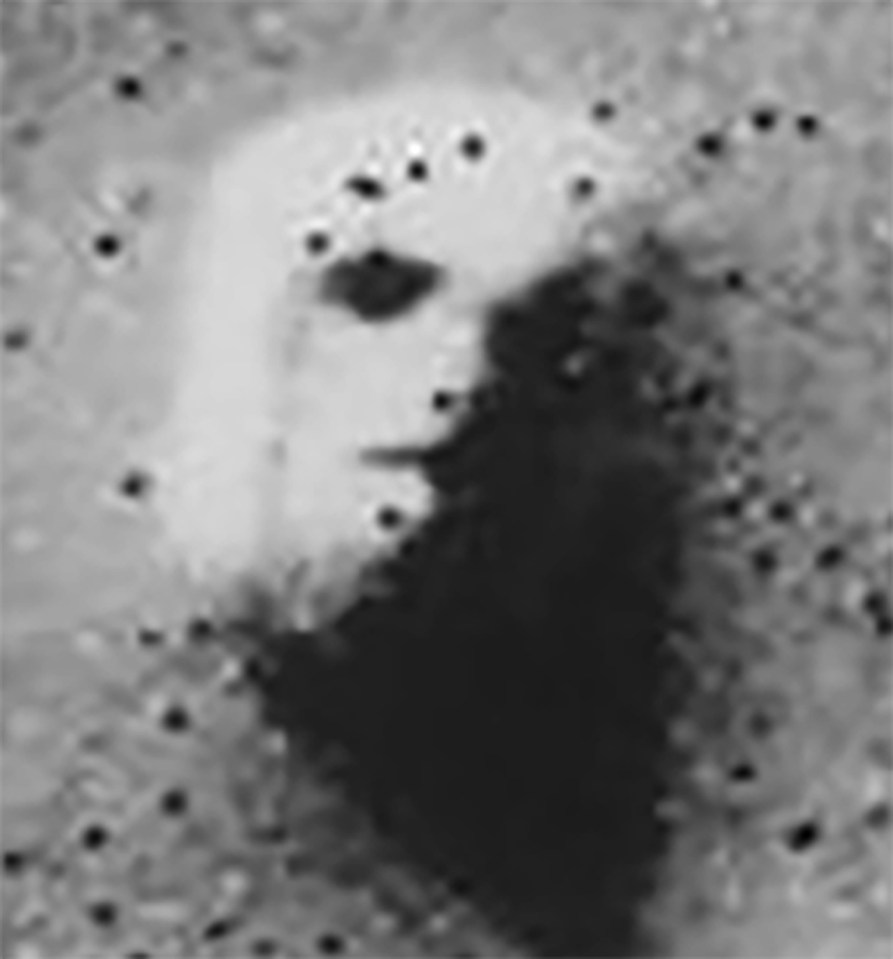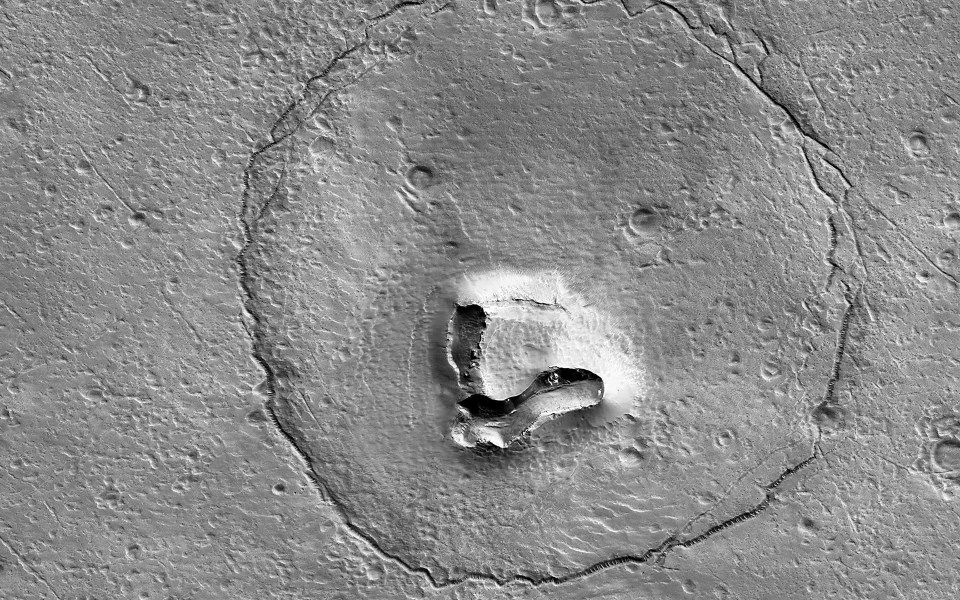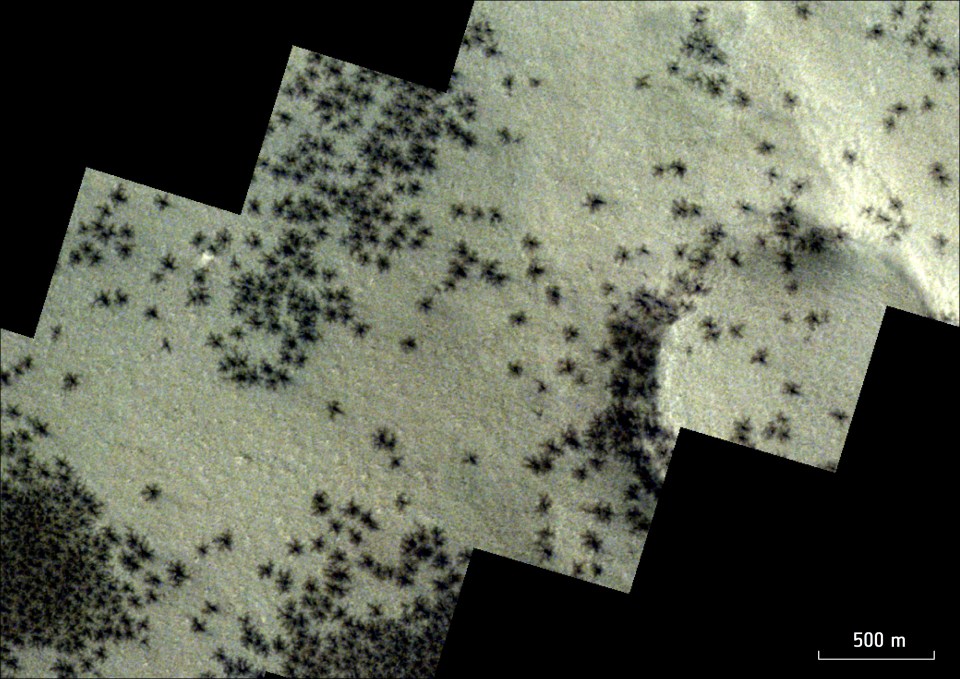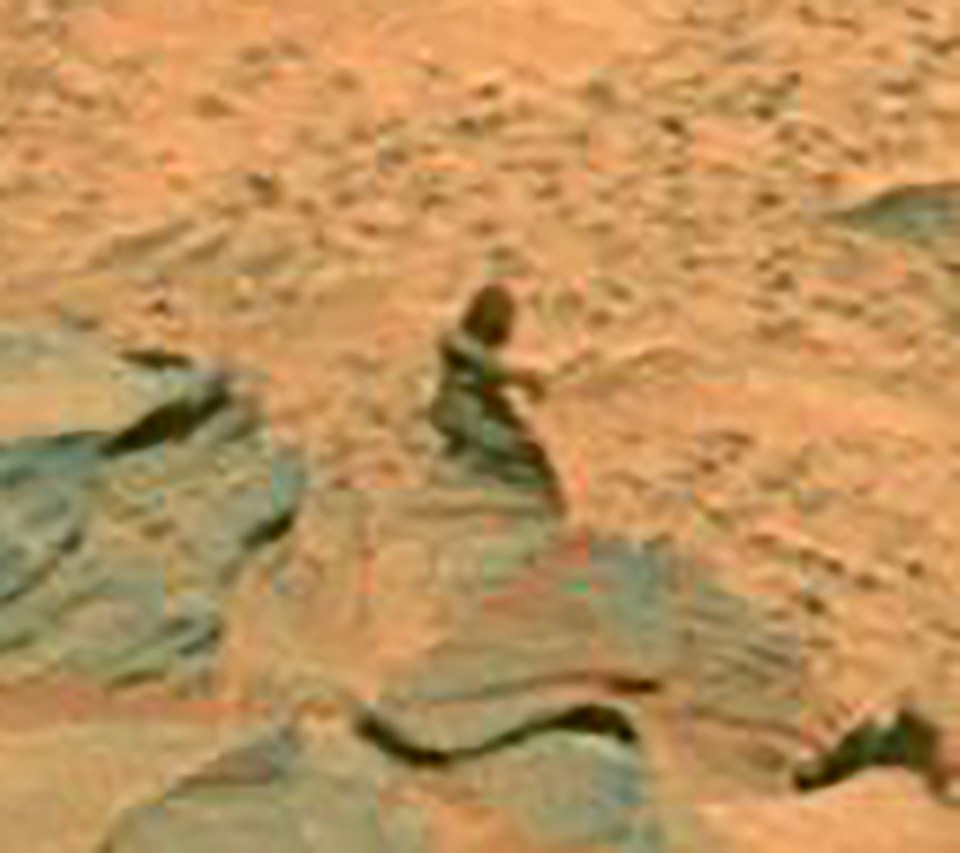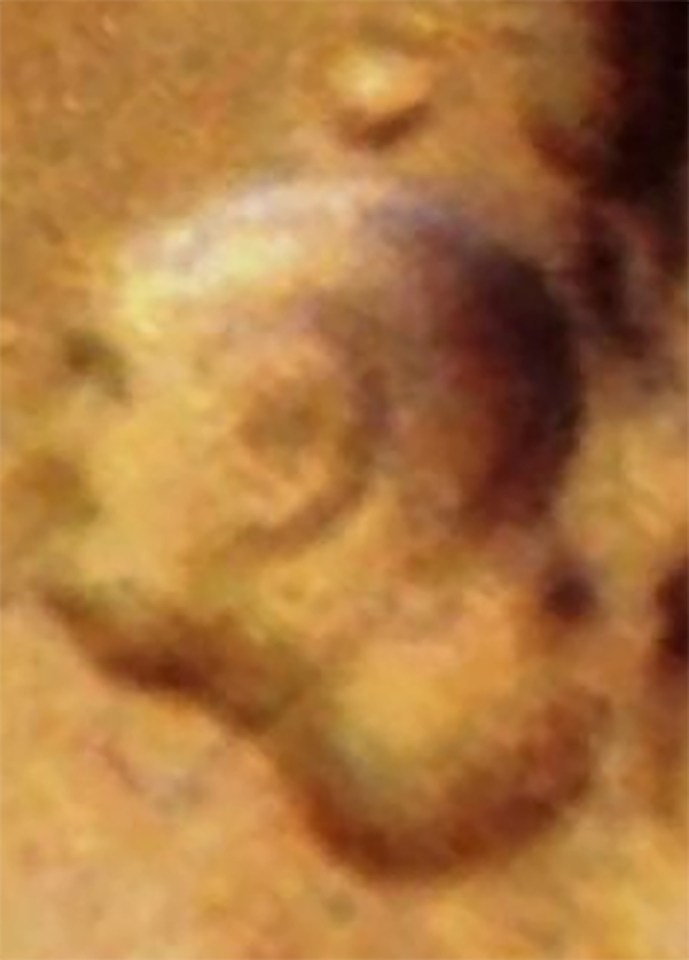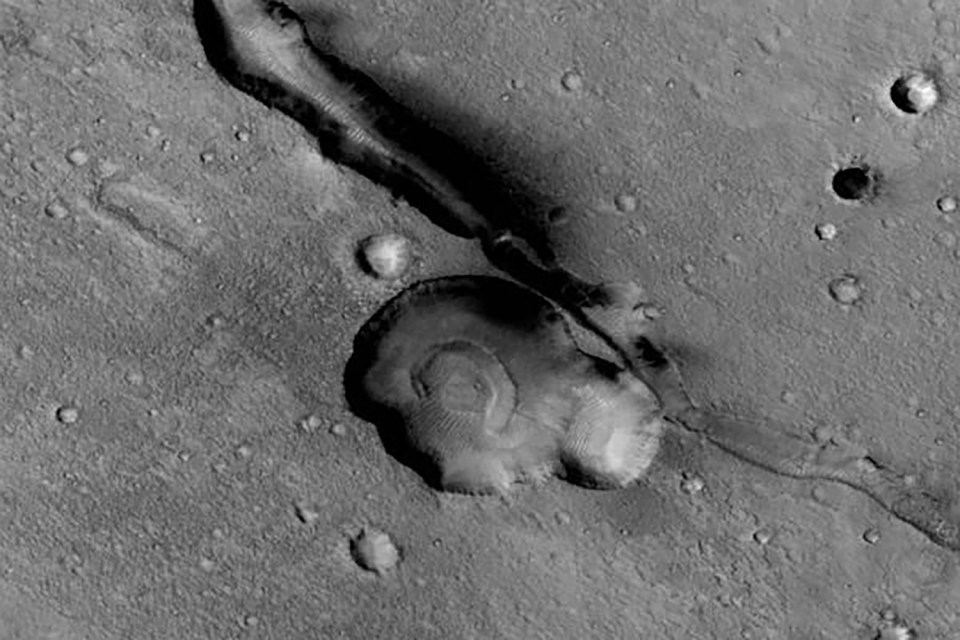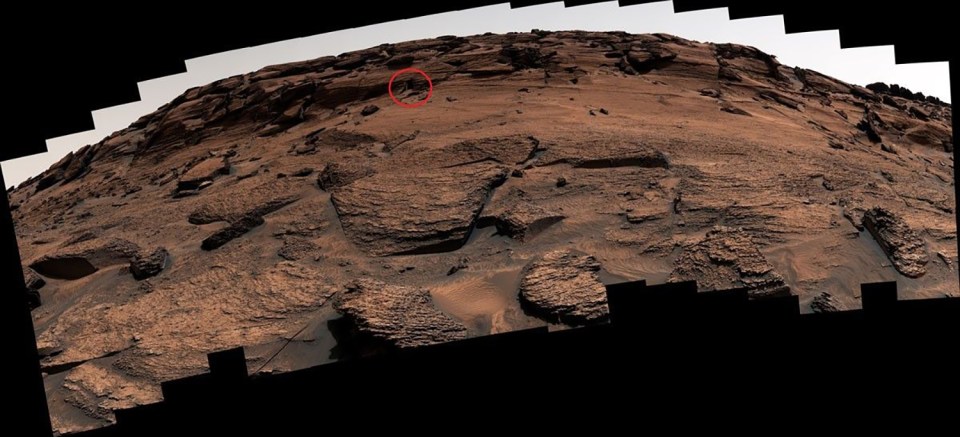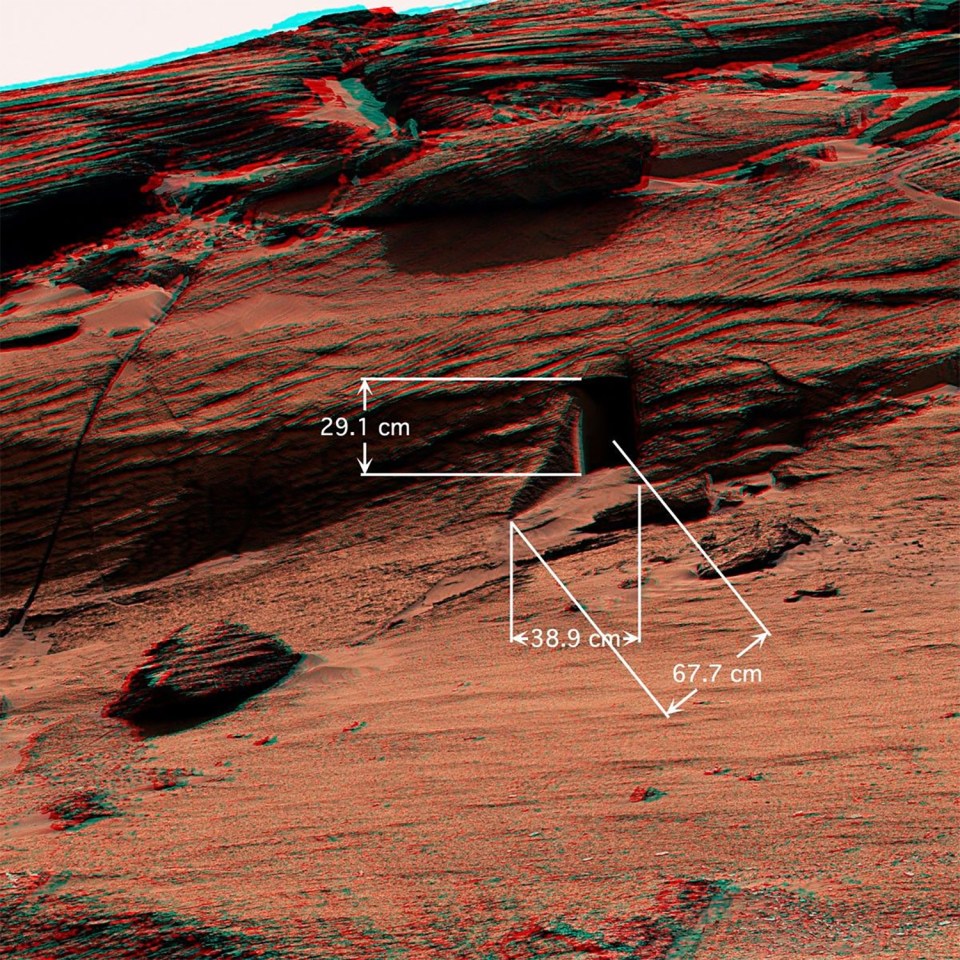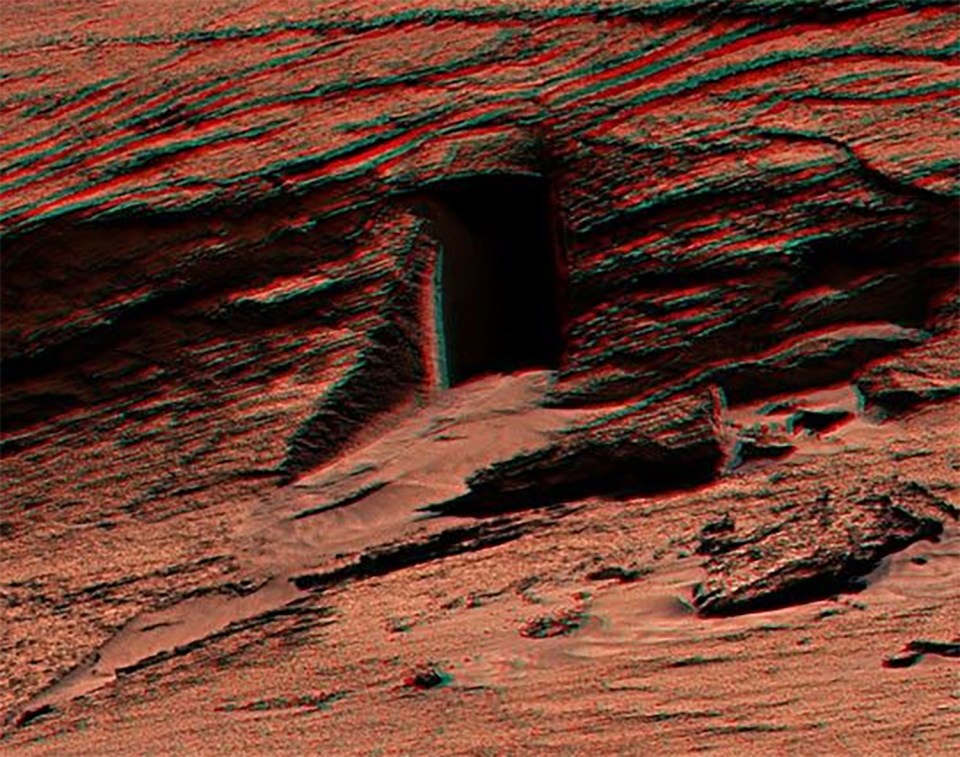Putin’s spacecraft are stalking Brit satellites & trying to jam them every week, says UK space command
RUSSIA has been trying to jam British military satellites every week, according to the head of the UK Space Command.
Major General Paul Tedman accused Moscow of actively attempting to disrupt the UK’s space-based assets through constant stalking and manipulation tactics.
Maj Gen Tedman told the BBC the disruptions are happening on a weekly basis.
He said: “We’re seeing our satellites being jammed by the Russians on a reasonably persistent basis.
“They’ve got payloads onboard that can see our satellites and are trying to collect information from them.
“They can jam, blind, manipulate or kinetically disrupt satellites.”
All six of the dedicated military satellites operated by the UK are equipped with counter-jamming technology, Tedman confirmed.
Britain continues to fall far behind other powerful nations in terms of their space surveillance systems.
The US, China and Russia each have more than a hundred in orbit.
Beijing and Moscow are both being viewed as potential threats, according to Gen Tedman.
He said both nations had tested anti-satellite weapons in recent years.
Both the UK and the US have warned that Russia is developing the capability to put nuclear weapons in space.
Speaking on the dangers of both countries, Gen Tedman said: “I would say the Chinese have by far the more sophisticated capability but the Russians have more will to use their counter-space systems.”
The UK government is now promising to invest more space missile defence – including plans to test sensors to detect laser threats in space.
Russia’s interference on an astral level comes after Germany’s Defence Minister, Boris Pistorius, also blasted Russia for shadowing satellites used by their military last month.
Berlin said a pair of Russian satellites were “pursuing” space capsules used by Germany’s armed forces.
Pistorius called for talks to draw up offensive capabilities in space as a deterrent – and revealed that Germany will spend $41billion on space defence by 2030.
It comes months after a secretive Russian “killer satellite” was detected launching another mysterious flying object near a US spacecraft.
Kosmos-2558 is on an orbital path which is suspiciously close to USA-326 – an American spy satellite.
It is believed to have the capacity to monitor enemy spy satellites – and potentially shoot them down if needed.
And last year, Putin launched a terrifying weapon system into space – capable of killing other satellites.
The Russian space object, believed to be Cosmos-2576, was launched on a Soyuz-2.1b carrier rocket.
In response to growing international tensions, the UK and the US conducted their first coordinated satellite manoeuvre in space in September.
Defence officials hailed it as a major step forward in allied space cooperation.
The mission saw a US satellite be repositioned in orbit to inspect a UK satellite and confirm it was functioning properly.
The test formed part of Operation Olympic Defender – a joint military framework aimed at improving satellite defence and resilience.
Will space be the first battlefield of WW3?
TENSIONS in space have been brewing for years now with experts fearing it could become the first battlefield of World War Three.
A growing militarisation by major powers such as Russia and China have provoked allied nations such as the US, UK and Germany.
Nato has already stated that space is now an operational war-fighting domain.
They now have over 200 anti-satellite weapons already in orbit.
But this still fails to compete with Russia and China who are leading in developing space weaponry.
This includes anti-satellite missiles, laser systems, and cyber warfare tools.
Many of which are aimed at threatening critical satellite infrastructure used for communication, navigation, and defence.
But in 2023, US intelligence chiefs warned that Russia is planning to launch nukes into space that would destroy satellites in a “grave” threat to the world’s security.
Military experts warned that Putin would take the “suicidal” decision to launch the deadly weapons if he felt his grip on power was being threatened by Ukraine and the West.

